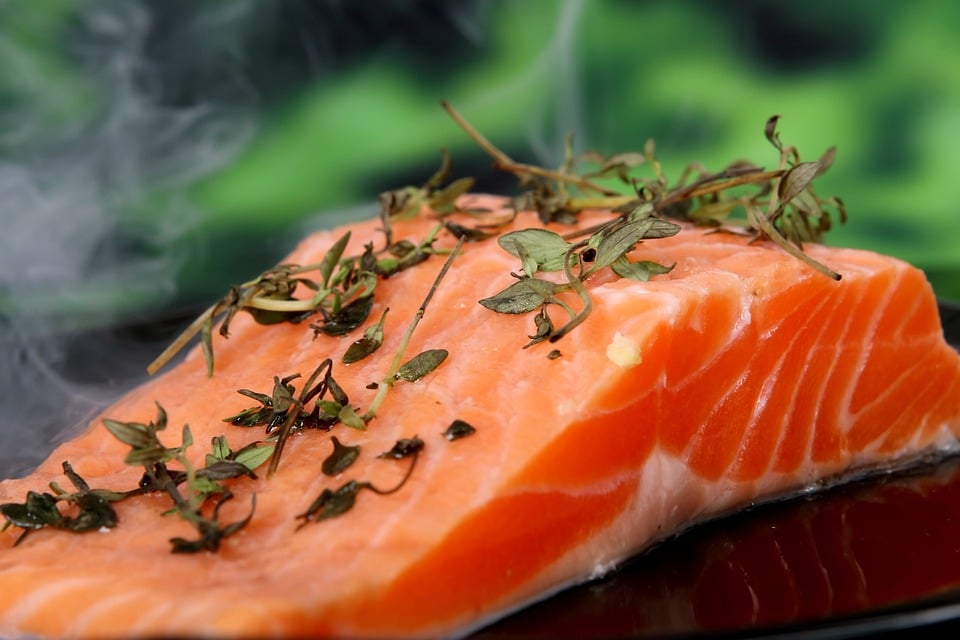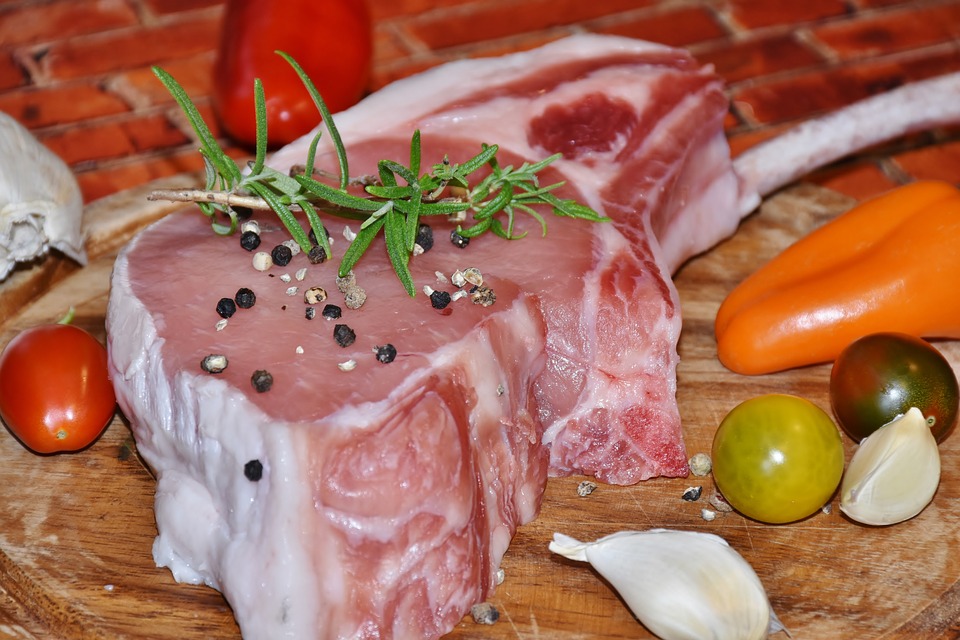Some afflictions or syndromes aren’t that easy to detect mostly because of the general sense of the symptoms. But then there’s histamine intolerance which has its particularities. Strangely, it’s also infamous for causing health issues that make it difficult to detect too. But the general specific symptoms remain. You flush when you drink red wine. Your nose becomes runny after consuming bananas, avocados, or eggplants. We’d say that these are some instant red flags for histamine intolerance. Thus, you might need to consider adapting to a low-histamine diet.

A Guide To Histamine
So, what exactly is histamine and what does it do for us? Histamine is a chemical that affects predominantly your immune system and proper digestion. In the first case, histamine is the flag raiser for your body when it encounters certain foods or substances. How does it raise any flags? Primarily by triggering allergic reactions. If you have struggled with such episodes, you took medication. And if you took medication to keep them at bay, you might recognize the name, but in a different form. To deal with allergies, you are recommended to take anti-histaminic medication.
Histamine’s involvement in your life doesn’t end it, continuing as an important component of your stomach acid. Stomach acid is the one element that helps break down the food you eat. Although it’s easier to understand the part histamine plays here, it’s also a piece of the vast and beautifully complicated nervous system. This cog delivers important messages to the brain.
Histamine travels via your bloodstream, leaving its mark on your blood vessels as well. When there’s an infection that needs to be combated, histamine swells your blood vessels and “summons” white cells to the area of an infection. Because of this, some of the primary symptoms of high histamine involvement in the normal functioning of your body are dizziness and flushness.
Unfortunately, being able to travel through your bloodstream means that histamine can be the culprit for a wide array of health issues. This makes it often difficult to pinpoint their exact cause. Your brain, lungs, skin, or entire cardiovascular system can all be affected.
Histamine Intolerance: The Short Story
Histamine intolerance is a rather complex concept. We say this in the sense that it tends to be pretty “incognito” when it takes its toll on your body. Histamine is a chemical that’s naturally found in tiny quantities and, trust us, this is for a good reason. That can be changed, however, and supplementary and harmful extra doses of histamine can come from your diet. Aged foods are particularly huge histamine carriers.
Normally, this wouldn’t be that much of an issue. This is because our gastrointestinal systems should be typically able to handle an extra influx of chemicals or molecules if healthy. But given the times we live in and many circumstances, it’s not so easy to find these harmful excesses off anymore.
The number of syndromes and afflictions that can be the result of histamine intolerance is somewhat concerning. At first glance, it may not even seem like some of them could be the result of food. Such examples include asthma, panic attacks, or even sleep disturbances. Assuming you properly go to the doctor’s at the right moment to investigate these afflictions, you can locate the source of all your problems. And, as such, the best treatment is to go on a low-histamine diet.
Foods For A Low Histamine Diet

But just like some foods are simply riddled with histamine, some are just the opposite. Sometimes all you need to do to ease the symptoms of a histamine overload is to follow for a while the requirements of a low histamine diet.
#1 Fresh Meat
Things might get a little bit complicated if you’re not a meat eater. If you are, then there’s nothing to worry about. It’s more or less a reason to be relieved. Fresh meat, poultry especially, is low in histamine levels and should be the central focus of any low-histamine diet treatments. We’re not picky with the type of meat either, as it can be even cooled or frozen.
#2 Fresh Fish
Alternatively, freshly caught fish can be just as useful when trying to lower the histamine amounts in your body. Just like in the case of meat, it’s important to stress that the fish should be fresh. This is because fish contain amino acid histidine which, under the influence of bacteria, can convert the substance into histamine. Here is a list of the best types of fish to include in your low-histamine diet:
- Amberjack
- Herring
- Tuna
- Anchovies
- Mackerel
- Pilchards
- Bluefish
- Mahi Mahi
- Sardines
- Cape
- Yellowtail
- Marlin
#3 Dairy Products
Just like in the case of meat and fish, this is a variable, as there are certain types of dairy products that you can consider to be low in histamine. For the lowest levels of histamine, see uncultured dairy of the like of milk and cream, both of which can contain the chemical in amounts less than 1 mg/kg. Also, fresh unripened cheese types (the kind that won’t stay too long on the shelves of stores) are a good place to start. In other words, it’s mozzarella or ricotta that you’re looking for.
#4 Vegetables
The first disclaimer that we need to put out here is that not all vegetables are good for your low-histamine diet. Most plant-based foods are good since they’re low on chemical substances, but there are exceptions to the rule. And since it’s easier to write them out instead, you should generally avoid eggplants, avocadoes, tomatoes, or spinach if you’re trying to keep histamine levels under control.
#5 Grains
You can find these grains and consume them in a variety of ways that can also make your low-histamine diet enjoyable. Just like with every other entry before this one, you can’t eat absolutely anything. When going shopping, look to put in your shopping cart the following things: rice noodles, yeast-free rye bread, rice crisp bread, oats, puffed rice crackers, millet flour, and pasta (spelled and corn-based).
Conclusion
It’s important to note that while food is the general source of a spike in histamine levels, this affliction can also be caused by medication or other factors. So, naturally, we recommend consulting a specialist first to find out the exact cause of your issues. In any case, you’ll need to put to the side high-histamine foods and focus on making the ones listed before the central pieces of a low-histamine diet.
